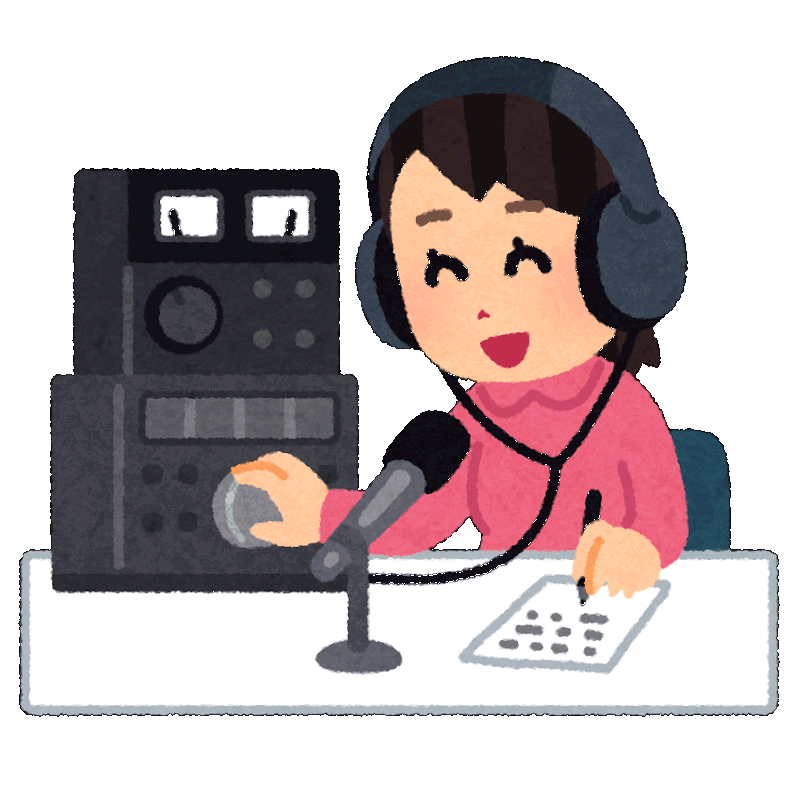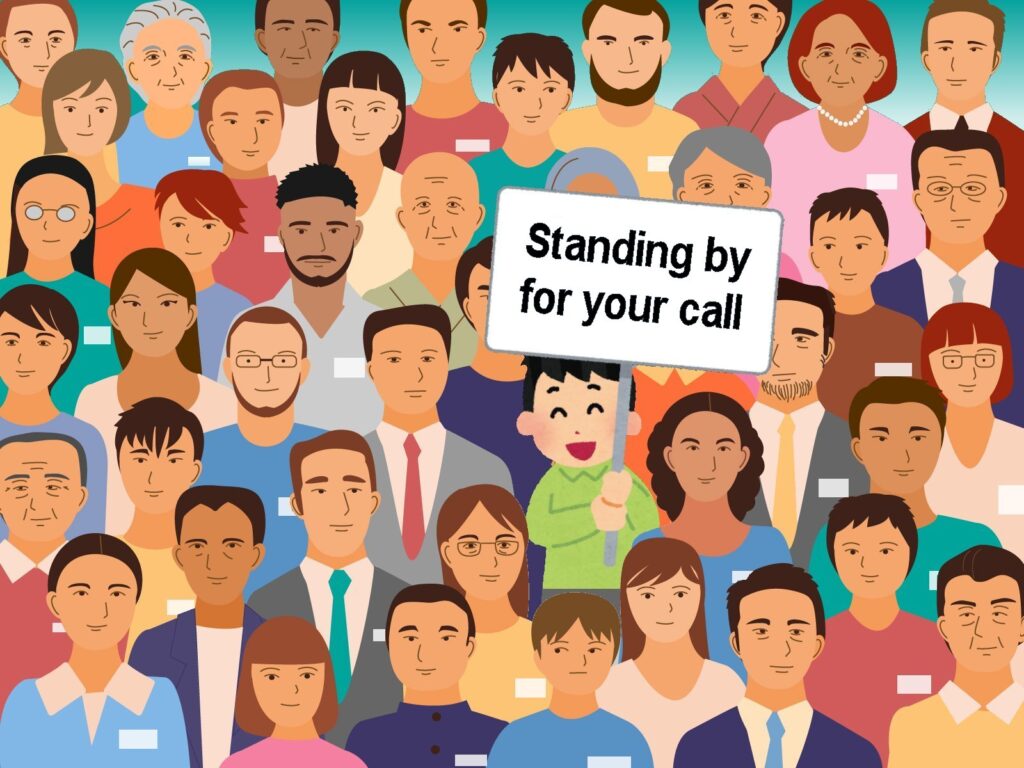In the world of ham radio, there is a very special communication procedure called “CQ”. It’s like walking around the downtown area of Tokyo or Osaka with raising up a placard that says “Please talk to me”.
Even if you are used to talking, this requires a bit of courage. The person who calls you may suddenly start talking to you like “a machine gun” or have a limited vocabulary like a baby. If you don’t like it, just talk to someone who looks like you are compatible, is smiling, and is holding up the same placard. 
There are many online chat sites on the Internet. I have never used them. But you won’t find anyone there with a sign saying “Who’s from where?” It’s a world of almost 100% anonymity.
However, amateur radio, like broadcasting stations, uses a “call sign,” and you can find out not only the entity name but even the city or town on the website, and even the name and address of people who have agreed to be listed in the Amateur Radio station directory. As long as you use call signs, there is almost no anonymity.
Just imagine it. All over the Shibuya Hachiko scramble, there are people holding placards saying “Call me,” and everyone walking down the street is wearing a name tag like the ones you get at parties…that’s what amateur radio bands are.

And by using the code combination of dots(.) and dashes (-) created about 200 years ago (if you are willing to “share the inconvenience” of learning Morse code, a very inconvenient thing in modern times), you can always stand in Shibuya scramble crossing holding a sign that says “Call me” even if you are blind, deaf, or unable to speak.
I can’t help but feel that this 200-year-old telegraph protocol of “sharing inconvenience” contains some suggestions for the modern world, where everyone is acting according to the policy that “I am right in pursuing my OWN happiness,” resulting in a world full of unhappiness.